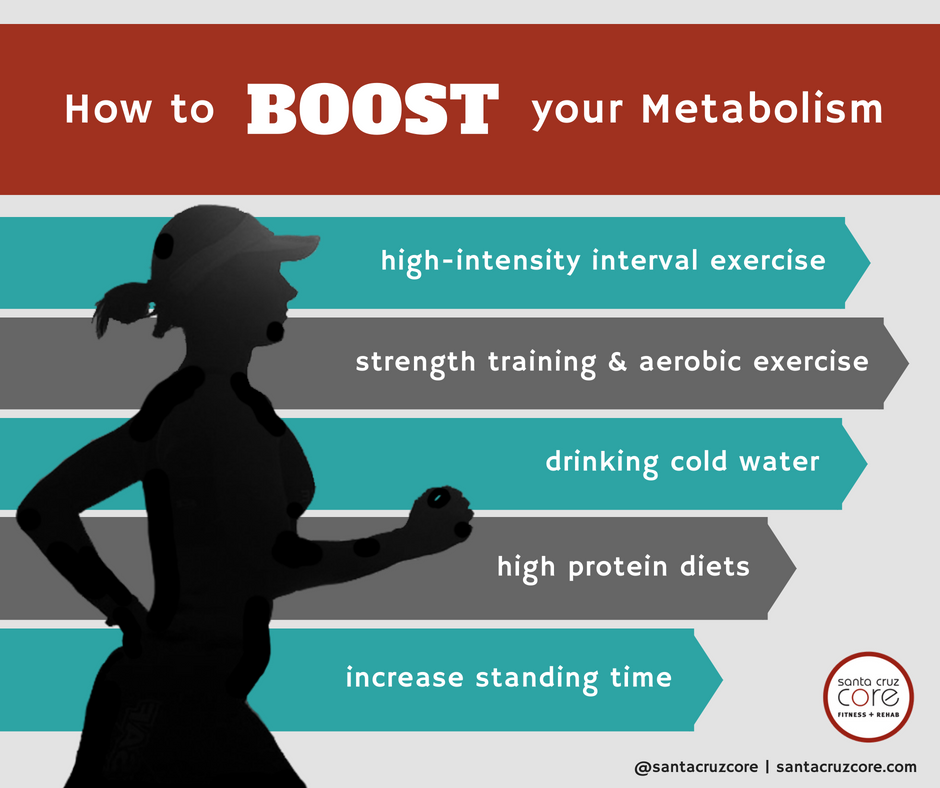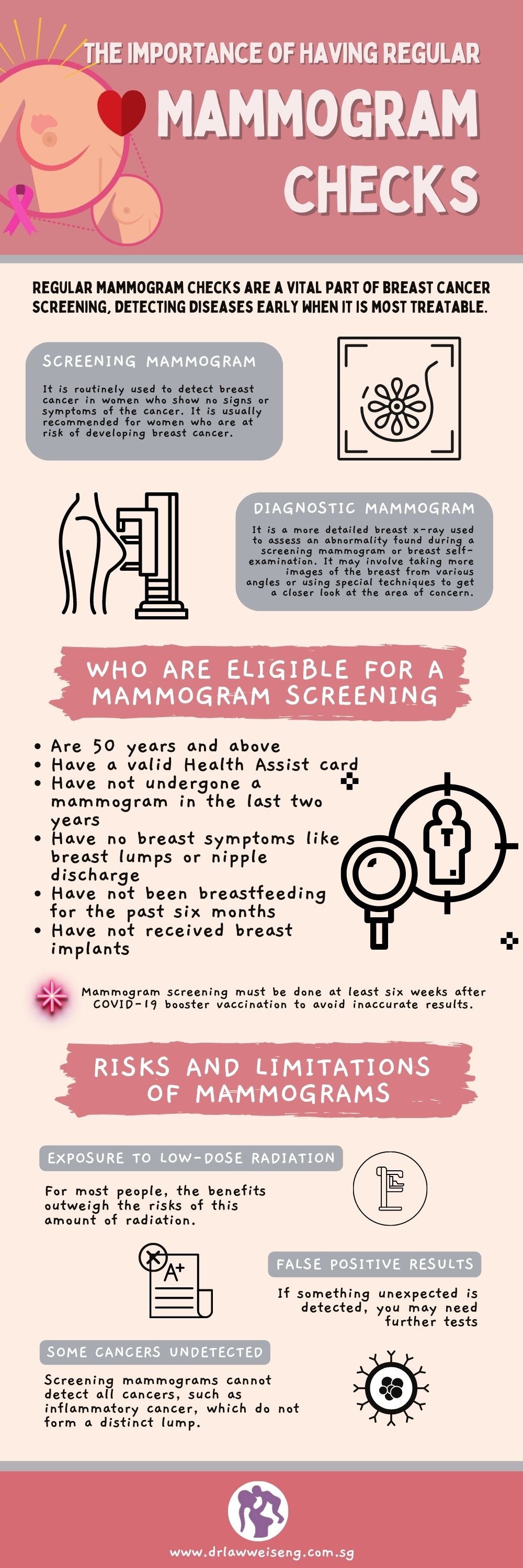Brighten Your Gaze Lightening Eye Cream for Dark Skin
Introduction
For those with darker skin tones, finding the right eye cream can be a challenge. Dark circles and pigmentation issues are common concerns, and many products on the market aren’t formulated to address these specific needs. However, there’s hope! Lightening eye creams tailored for dark skin offer effective solutions to brighten and rejuvenate the delicate under-eye area. In this article, we’ll explore the benefits of lightening eye cream for dark skin and how it can help you achieve brighter, more radiant eyes.
Understanding Dark Circles on Dark Skin
Dark circles on dark skin can be caused by a variety of factors, including genetics, sun exposure, and aging. Additionally, conditions such as hyperpigmentation and melasma can contribute to the appearance of dark circles. These concerns are often more pronounced on darker skin tones due to increased melanin production, making it essential to use targeted skincare products that address these specific issues.
The Power of Lightening Eye Cream
Lightening eye cream is specifically formulated to target dark circles, pigmentation, and uneven skin tone around the eyes. These creams often contain ingredients such as vitamin C, kojic acid, licorice extract, and niacinamide, which work together to brighten the skin, reduce pigmentation, and improve overall skin texture. When used consistently, lightening eye cream can help diminish the appearance of dark circles and create a more uniform and radiant complexion.
Choosing the Right Eye Cream
When selecting a lightening eye cream for dark skin, it’s essential to consider your specific skincare concerns and preferences. Look for products that are formulated for dark skin tones and contain ingredients that address pigmentation and uneven skin tone. Additionally, opt for creams that are gentle and non-irritating, as the skin around the eyes is delicate and prone to sensitivity.
Benefits of Lightening Eye Cream
One of the primary benefits of using a lightening eye cream for dark skin is its ability to target multiple concerns simultaneously. These creams not only help brighten dark circles but also improve skin texture, reduce puffiness, and minimize the appearance of fine lines and wrinkles. Additionally, many lightening eye creams contain hydrating ingredients that nourish and moisturize the skin, leaving it soft, smooth, and supple.
How to Incorporate into Your Skincare Routine
To get the most out of your lightening eye cream, incorporate it into your daily skincare routine. Start by cleansing your face thoroughly to remove any dirt, oil, and makeup, then gently pat the skin dry. Next, apply a small amount of eye cream to the under-eye area using your ring finger, taking care not to tug or pull at the delicate skin. Allow the cream to absorb fully before applying any additional skincare products or makeup.
Additional Tips for Brighter Eyes
In addition to using a lightening eye cream, there are several lifestyle habits you can adopt to further improve the appearance of dark circles and achieve brighter, more radiant eyes. Ensure you’re getting an adequate amount of sleep each night, as lack of sleep can exacerbate dark circles and










